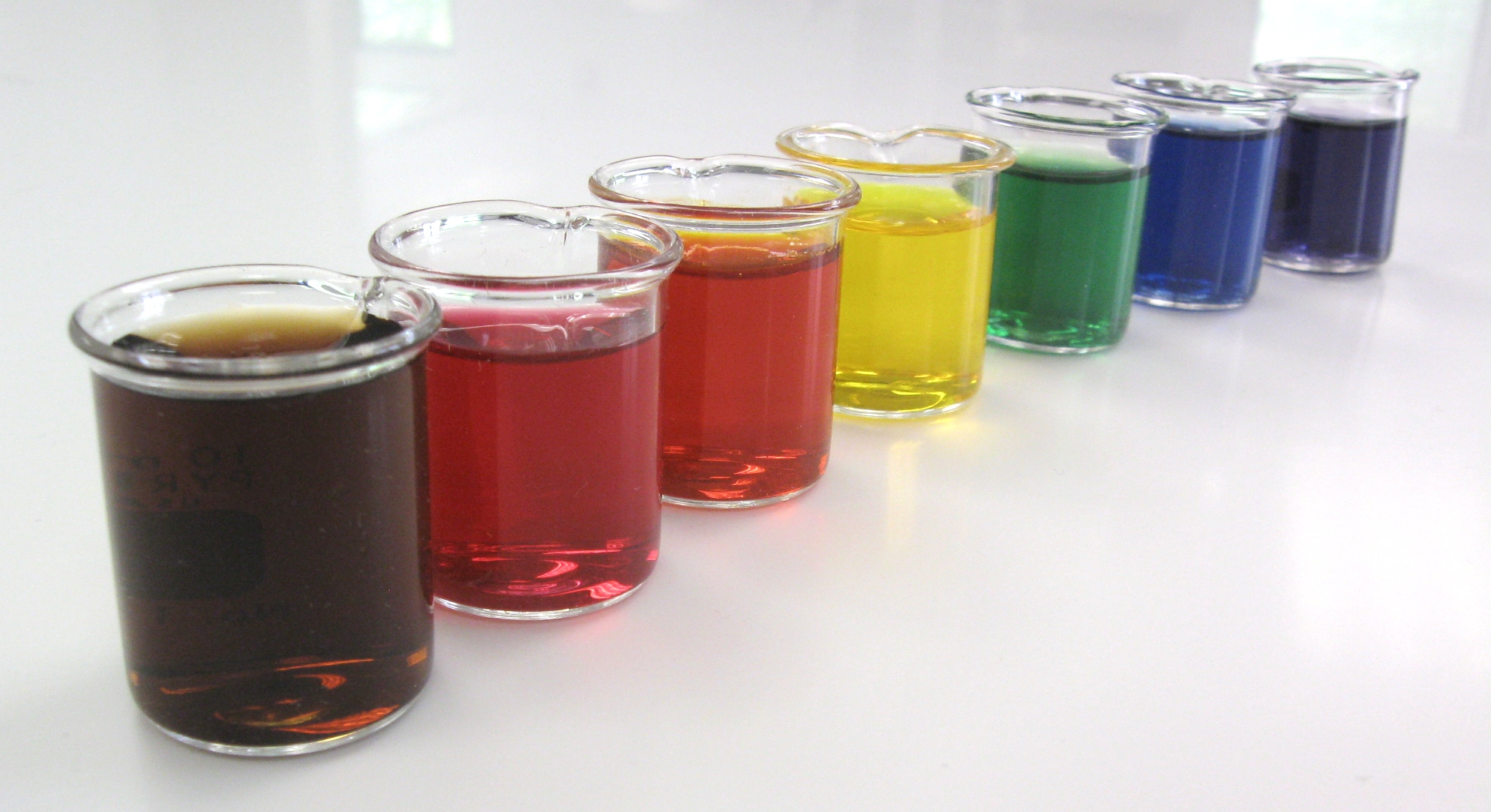|
Haw Flakes
Haw flakes () are Chinese sweets made from the fruit of the Chinese hawthorn. The pale/dark pink candy is usually formed into discs two millimeters thick, and packaged in cylindrical stacks with label art resemblant of Chinese fireworks. The sweet and tangy snack is usually served to guests along with tea or as a treat for children. It is sometimes consumed with bitter Chinese herbal medicine to aid digestion. Variety Gourmet haw flakes are also available at specialty Chinese markets in the West. Gourmet haw flakes tend to be larger than the regular Shandong haw flakes (gourmet haw flakes are about 35–40 mm in diameter whereas the Shandong haw flakes are about 25 mm in diameter). Low-sugar and additive-free haw flakes aimed towards the health conscious are readily available in China but less so in the West. They will vary from pale beige to reddish brown in color. Regulation Haw flakes have been seized on several occasions by the United States Food and Drug Admin ... [...More Info...] [...Related Items...] OR: [Wikipedia] [Google] [Baidu] |
China
China, officially the People's Republic of China (PRC), is a country in East Asia. With population of China, a population exceeding 1.4 billion, it is the list of countries by population (United Nations), second-most populous country after India, representing 17.4% of the world population. China spans the equivalent of five time zones and Borders of China, borders fourteen countries by land across an area of nearly , making it the list of countries and dependencies by area, third-largest country by land area. The country is divided into 33 Province-level divisions of China, province-level divisions: 22 provinces of China, provinces, 5 autonomous regions of China, autonomous regions, 4 direct-administered municipalities of China, municipalities, and 2 semi-autonomous special administrative regions. Beijing is the country's capital, while Shanghai is List of cities in China by population, its most populous city by urban area and largest financial center. Considered one of six ... [...More Info...] [...Related Items...] OR: [Wikipedia] [Google] [Baidu] |
Confectionery
Confectionery is the Art (skill), art of making confections, or sweet foods. Confections are items that are rich in sugar and carbohydrates, although exact definitions are difficult. In general, however, confections are divided into two broad and somewhat overlapping categories: baker's confections and sugar confections. Baker's confectionery, also called flour confections, includes principally sweet pastries, cakes, and similar Baking, baked goods. Baker's confectionery excludes everyday Bread, breads, and thus is a subset of products produced by a baker. Sugar confectionery includes candies (also called ''sweets'', short for ''sweetmeats'', in many English-speaking countries), candied nuts, chocolates, chewing gum, bubble gum, pastillage, and other confections that are made primarily of sugar. In some cases, chocolate confections (confections made of chocolate) are treated as a separate category, as are sugar-free versions of sugar confections. The words ''candy'' (Canada ... [...More Info...] [...Related Items...] OR: [Wikipedia] [Google] [Baidu] |
Chinese Hawthorn
''Crataegus pinnatifida'', also known as mountain hawthorn, Chinese haw, Chinese hawthorn or Chinese hawberry, refers to a small to medium-sized tree, as well as the fruit of the tree. The fruit is bright red, in diameter. Use Culinary use In northern Chinese cuisine, ripe ''C. pinnatifida'' fruits are used in the desserts ''tanghulu'' and ''shanzhagao''. It is also used to make the traditional candies haw flakes and haw rolls, as well as candied fruit slices, jam, jelly, and wine. It is also traditionally used as a finishing ingredient in Cantonese sweet and sour sauce, although it has since been partially supplanted by ketchup. Traditional medicine In traditional Chinese medicine, the dried fruits of ''C. pinnatifida'' have been used as a digestive aid. See also * List of culinary fruits * Phytotherapy Herbal medicine (also called herbalism, phytomedicine or phytotherapy) is the study of pharmacognosy and the use of medicinal plants, which are a basis of traditiona ... [...More Info...] [...Related Items...] OR: [Wikipedia] [Google] [Baidu] |
Chinese Cuisine
Chinese cuisine comprises cuisines originating from Greater China, China, as well as from Overseas Chinese, Chinese people from other parts of the world. Because of the Chinese diaspora and the historical power of the country, Chinese cuisine has profoundly influenced many other cuisines in Asia and beyond, with modifications made to cater to local palates. Chinese food staples such as rice, soy sauce, noodles, tea, chili oil, and tofu, and utensils such as chopsticks and the wok, can now be found worldwide. The world's earliest eating establishments recognizable as Restaurant, restaurants in the modern sense first emerged in Song dynasty China during the 11th and 12th centuries. Street food became an integral aspect of Chinese food culture during the Tang dynasty, and the street food culture of much of Southeast Asia was established by workers imported from China during the late 19th century. The preferences for seasoning and Chinese cooking techniques, cooking techniques in ... [...More Info...] [...Related Items...] OR: [Wikipedia] [Google] [Baidu] |
Bon Appétit
''Bon Appétit'' is a monthly American food and entertaining magazine, that typically contains recipes, entertaining ideas, restaurant recommendations, and wine reviews. Owned by Condé Nast, it is headquartered at the One World Trade Center in Manhattan, New York, and has been in publication since 1956. ''Bon Appétit'' has been recognized for increasing its online presence in recent years through the use of social media, publishing recipes on their website, and maintaining a popular YouTube channel. History Early history (1956–2010) ''Bon Appétit'' was started in 1956 as a liquor store giveaway and was first published as a bimonthly magazine in December of that year in Chicago. It was acquired by M. Frank Jones of Kansas City, Missouri, in 1965. Jones was owner, editor, and publisher until 1970, when he sold the magazine to the Pillsbury Company, who in turn sold it to Knapp Communications in 1975. Jones remained the editor of the magazine through both of these transfer ... [...More Info...] [...Related Items...] OR: [Wikipedia] [Google] [Baidu] |
Chinese Herbology
Chinese herbology () is the theory of traditional Chinese herbal therapy, which accounts for the majority of treatments in traditional Chinese medicine (TCM). A ''Nature'' editorial described TCM as "fraught with pseudoscience", and said that the most obvious reason why it has not delivered many cures is that the majority of its treatments have no logical mechanism of action. The term herbology is misleading in the sense that, while plant elements are by far the most commonly used substances, animal, human, and mineral products are also used, some of which are poisonous. In the they are referred to as () which means "poison-medicine". Paul U. Unschuld points out that this is similar etymology to the Greek and so he uses the term ''pharmaceutic''. Thus, the term ''medicinal'' (instead of ''herb'') is usually preferred as a translation for (). Research into the effectiveness of traditional Chinese herbal therapy is of poor quality and often tainted by bias, with little or n ... [...More Info...] [...Related Items...] OR: [Wikipedia] [Google] [Baidu] |
Shandong
Shandong is a coastal Provinces of China, province in East China. Shandong has played a major role in Chinese history since the beginning of Chinese civilization along the lower reaches of the Yellow River. It has served as a pivotal cultural and religious center for Taoism, Chinese Buddhism and Confucianism. Shandong's Mount Tai is the most revered mountain of Taoism and a site with one of the longest histories of continuous religious worship in the world. The Buddhist temples in the mountains south of the provincial capital of Jinan were once among the foremost Buddhist sites in China. The city of Qufu was the birthplace of Confucius, and later became the center of Confucianism. Shandong's location at the intersection of ancient and modern north–south and east–west trading routes has helped establish it as an economic center. After a period of political instability and economic hardship beginning in the late 19th century, Shandong has experienced rapid growth in recent de ... [...More Info...] [...Related Items...] OR: [Wikipedia] [Google] [Baidu] |
Food And Drug Administration
The United States Food and Drug Administration (FDA or US FDA) is a List of United States federal agencies, federal agency of the United States Department of Health and Human Services, Department of Health and Human Services. The FDA is responsible for protecting and promoting public health through the control and supervision of food safety, tobacco products, caffeine products, dietary supplements, Prescription drug, prescription and Over-the-counter drug, over-the-counter pharmaceutical drugs (medications), vaccines, biopharmaceuticals, blood transfusions, medical devices, electromagnetic radiation emitting devices (ERED), cosmetics, Animal feed, animal foods & feed and Veterinary medicine, veterinary products. The FDA's primary focus is enforcement of the Federal Food, Drug, and Cosmetic Act (FD&C). However, the agency also enforces other laws, notably Section 361 of the Public Health Service Act as well as associated regulations. Much of this regulatory-enforcement work is ... [...More Info...] [...Related Items...] OR: [Wikipedia] [Google] [Baidu] |
Ponceau 4R
Ponceau 4R (known by more than 100 synonyms,Abbey J, et at. Colorants. pp 459-465 in Encyclopedia of Food Safety, Vol 2: Hazards and Diseases. Eds, Motarjemi Y et al. Academic Press, 2013. including as C.I. 16255,FDA. 9 November 2008Food and Drug Administration Compliance Program Guidance Manual, Chapter 03 – Foodborne Biological Hazardsp37 cochineal red A, C.I. acid red 18, brilliant scarlet 3R, brilliant scarlet 4R, new coccine,) is a Chemical synthesis, synthetic colourant that may be used as a food coloring, food colouring. It is denoted by E Number E124. Its chemical name is 1-(4-sulfo-1-napthylazo)-2-napthol-6,8-disulfonic acid, trisodium salt. ''Ponceau'' (17th century French language, French for "Shades of red#Poppy red, poppy-coloured") is the generic name for a family of Azo compound, azo dyes. Ponceau 4R is a strawberry red azo dye which can be used in a variety of food products, and is usually synthesized from aromatic hydrocarbons; it is stable to light, heat, a ... [...More Info...] [...Related Items...] OR: [Wikipedia] [Google] [Baidu] |
Artificial Coloring
Food coloring, color additive or colorant is any dye, pigment, or substance that imparts color when it is added to food or beverages. Colorants can be supplied as liquids, powders, gels, or pastes. Food coloring is commonly used in commercial products and in domestic cooking. Food colorants are also used in various non-food applications, including cosmetics, pharmaceuticals, home craft projects, and medical devices. Some colorings may be natural, such as with carotenoids and anthocyanins extracted from plants or cochineal from insects, or may be synthesized, such as tartrazine yellow. In the manufacturing of foods, beverages and cosmetics, the safety of colorants is under constant scientific review and certification by national regulatory agencies, such as the European Food Safety Authority (EFSA) and US Food and Drug Administration (FDA), and by international reviewers, such as the Joint FAO/WHO Expert Committee on Food Additives. Purpose of food coloring People associate ... [...More Info...] [...Related Items...] OR: [Wikipedia] [Google] [Baidu] |






